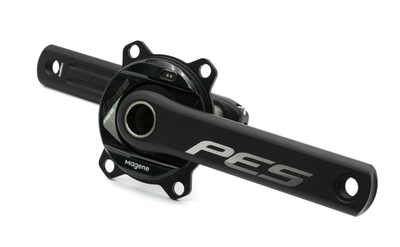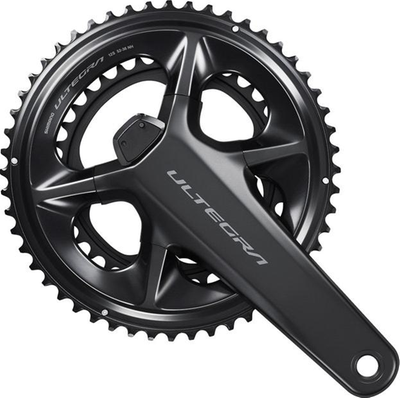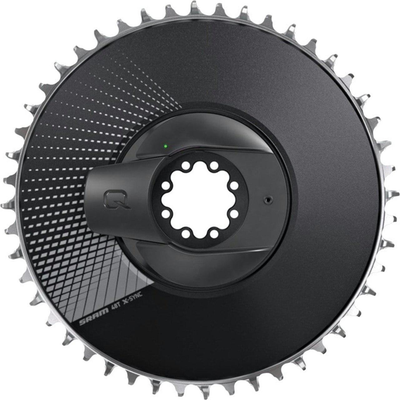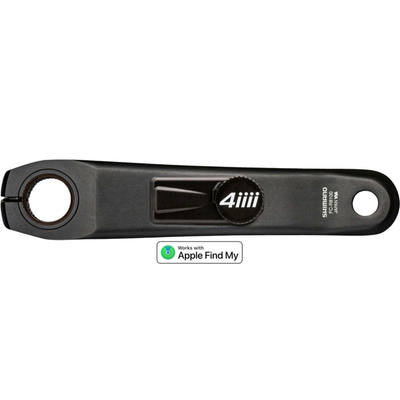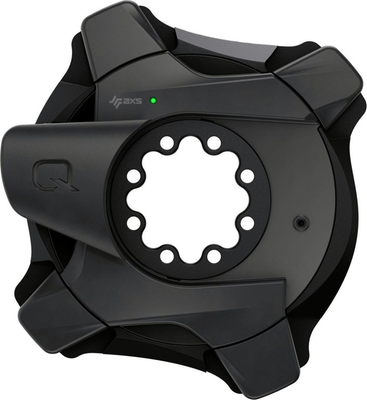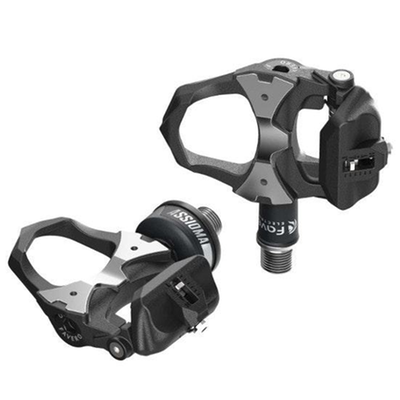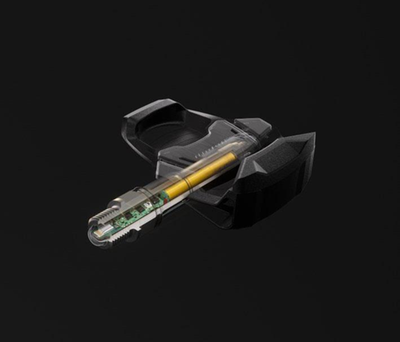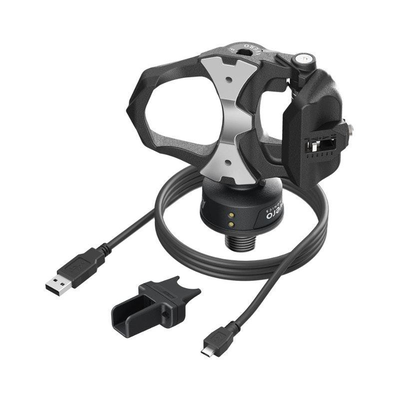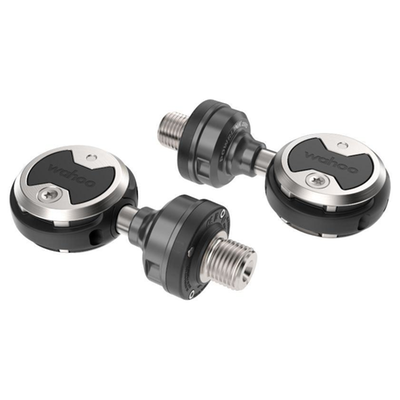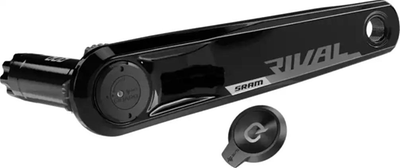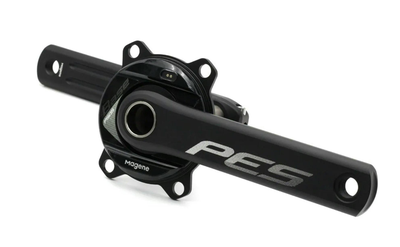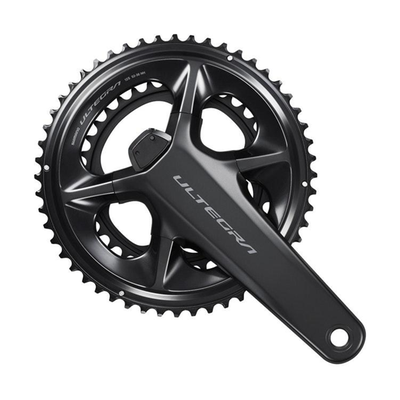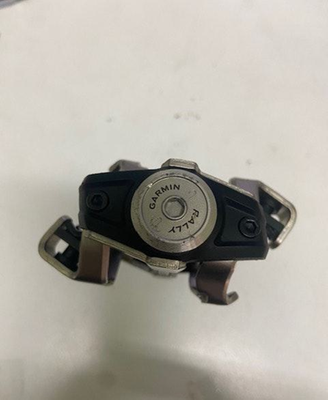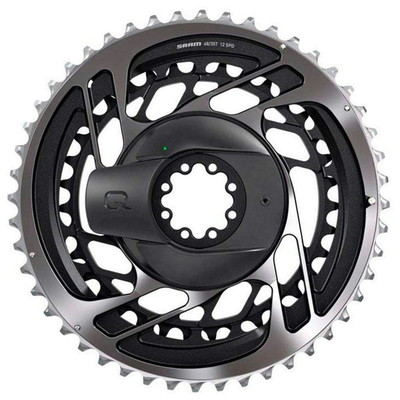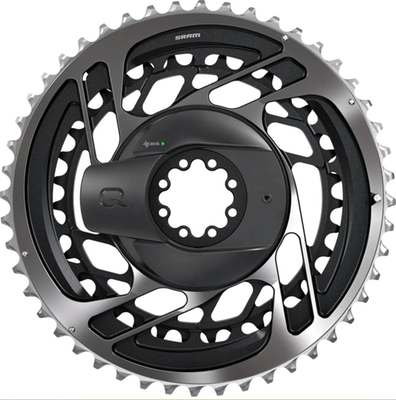Cycling Power Meters
45 Results
Cycling Power Meters
Looking to power up and improve the quality of your cycling training? BikeExchange has a range of cycling powermeters available for leading retailers and private sellers from across the country. See below for a brief guide on power meters.
Power meters simply measure your power output in watts, it’s data that’s proven to be the most effective training aid available to cyclists. Once reserved for pro-level cyclists and teams only, power meters have now trickled their way down from elite to affordable.
Types of Cycling Powermeters for Sale
Power meters can come in a variety of configurations, sure to suit nearly any riding style and budget. The three most common places to measure power are from the pedals, the cranks and the hub.
How do they work
Measuring the power, or wattage, from your legs is achieved by tiny electronic sensors, known as strain gauges, which read the forces generated as you ride and then relay the information to a compatible cycling computer or smartphone. In a nutshell, a powermeter measures how hard you’re working and enables you to train much more precisely.
Powermeters on a budget
Whilst power meter prices have fallen in recent years, they can still be an expensive addition to your bike. If you’re on a budget, pedal and crank arm options are typically available in a single side option. Usually reading from the non-drive (left) side of the bike, single side powermeters will typically be more affordable than hub, chainring and bottom-bracket integrated options. It is worth noting that single sided options can sometimes suffer from fluctuations in readings as they often feature less strain gauges than powermeters that read output from both sides. Pre-loved listings from private sellers can also be a great way to grab a bargain.

